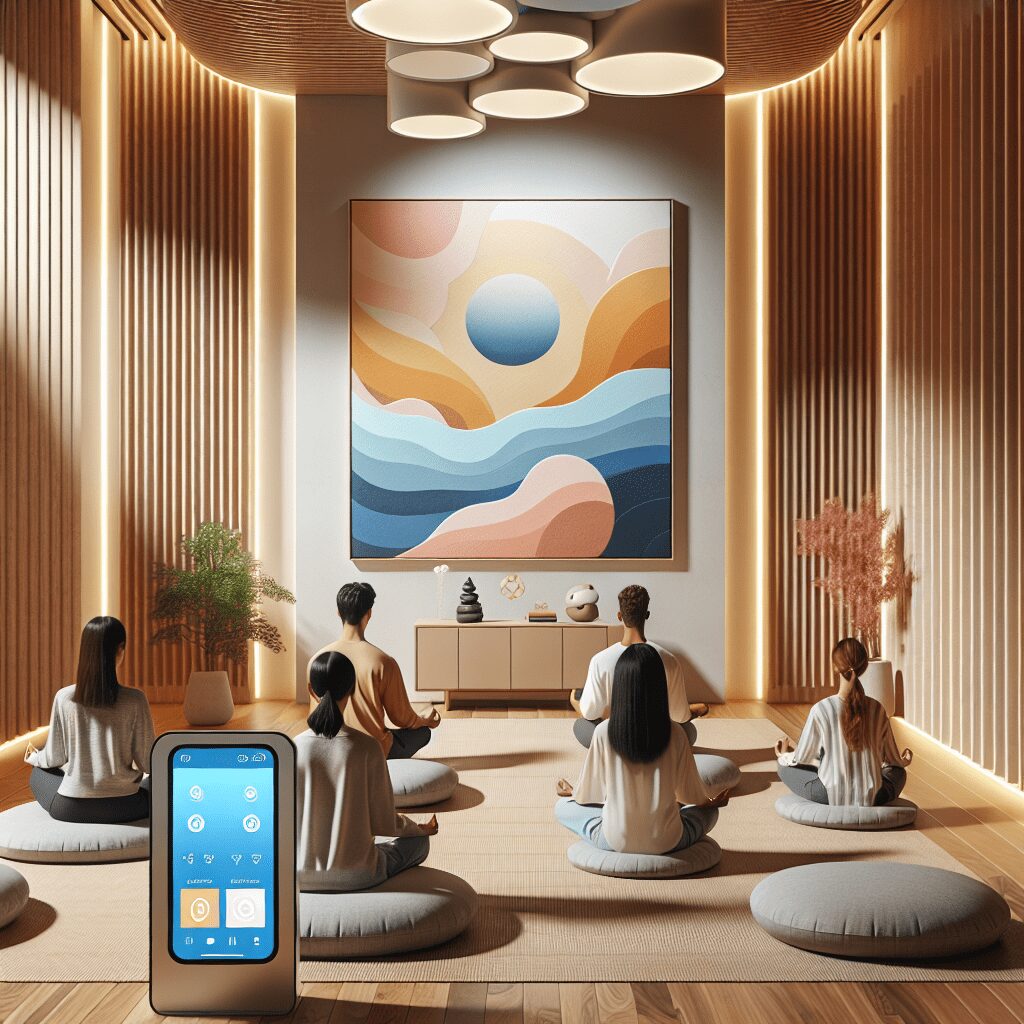
Prioritize your mental well-being daily. Enhance your life by nurturing your mental health with the Smart Meditation app. Break free from stress, alleviate anxiety, and enhance your sleep quality starting today.
How To Breathe While Meditating?
Mastering the Art of Breathing in Meditation
Embarking on the journey of meditation can open the door to a myriad of benefits, from reducing stress to enhancing self-awareness. However, it’s not all about finding a quiet spot and closing your eyes; how you breathe plays a pivotal role. Let’s dive into the essence of breathing right during meditation, ensuring you’re not just going through the motions, but truly enriching your experience.
The Foundation of Effective Breathing
Before getting lost in the myriad of meditation styles, it’s crucial to nail down the basics of breathing. After all, our breath is the anchor of our mindfulness practice. For newbies and seasoned meditators alike, these tips can transform your practice from blah to ahh.
-
Go Natural: Initially, you might feel the urge to control your breath. However, the goal is to observe it as it is—natural and flowing. Pay attention to each inhalation and exhalation without trying to deepen or extend them artificially. Over time, your breath will become deeper and more rhythmic on its own.
-
Find Your Rhythm: While there’s no one-size-fits-all rhythm in meditation, a common technique is to count your breaths. This doesn’t mean rushing to hit a number but gently guiding your focus back to the breath. Start with inhaling for a count of four and exhaling for a count of six, gradually finding what feels right for you.
-
Position Matters: Your posture can make or break your breathing pattern. Sit up straight, either on a chair with your feet flat on the ground or cross-legged on a cushion. Ensure your back is aligned—imagine a string pulling you up from the top of your head. This isn’t just for show; it opens up your diaphragm, allowing for deeper, more effortless breaths.
-
Nose vs. Mouth: The age-old debate—should you breathe through your nose or mouth? The consensus leans towards nasal breathing during meditation. It helps regulate the flow of breath, making it easier to maintain a calming, rhythmic pattern. Plus, it’s better for filtering and humidifying the air entering your lungs.
-
Silence Isn’t Golden, It’s Necessary: Okay, finding complete silence might be a tall order, but minimizing distractions can help you tune into your breath better. If silence is impossible, opt for soft, ambient sounds that don’t disrupt your focus.
Elevating Your Practice
Once you’ve got the hang of these foundational aspects, it’s time to explore how tailored breathing techniques can elevate your meditation practice:
-
Diaphragmatic Breathing: Engaging your diaphragm during meditation is a game-changer. It involves breathing deeply into your lungs, allowing the abdomen to rise and fall more than the chest. This technique promotes relaxation by activating the parasympathetic nervous system, which tells your body it’s time to chill out.
-
The 4-7-8 Technique: The brainchild of Dr. Andrew Weil, this method is like a tranquilizer for the nervous system. You breathe in through the nose for 4 seconds, hold it for 7 seconds, and exhale through the mouth for 8 seconds. It’s a potent formula for reducing anxiety and easing into a deep meditative state.
-
Alternate Nostril Breathing: Known as Nadi Shodhana in the world of yoga, this technique involves alternating the nostril you breathe through. It’s said to balance the right and left hemispheres of the brain, fostering emotional and mental harmony. Plus, it’s a top pick for prepping your mind for meditation.
From understanding the basics to incorporating specific techniques, how you breathe can profoundly influence your meditation journey. Remember, the path to mastering meditation is a marathon, not a sprint. By fine-tuning your breathing, you’ll not only enhance your meditation experience but also unlock a deeper sense of calm and mindfulness that permeates every aspect of your life. Happy breathing!





